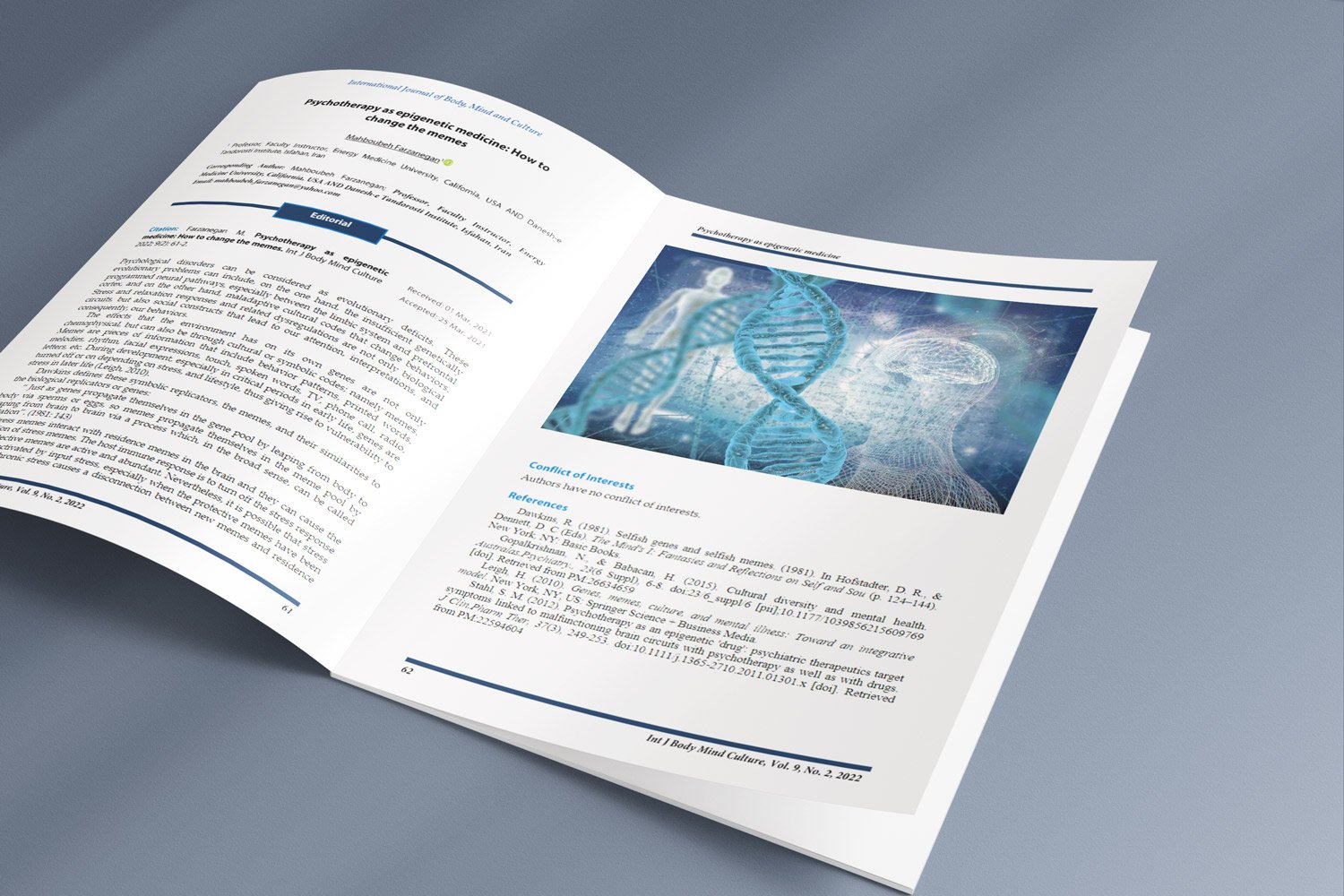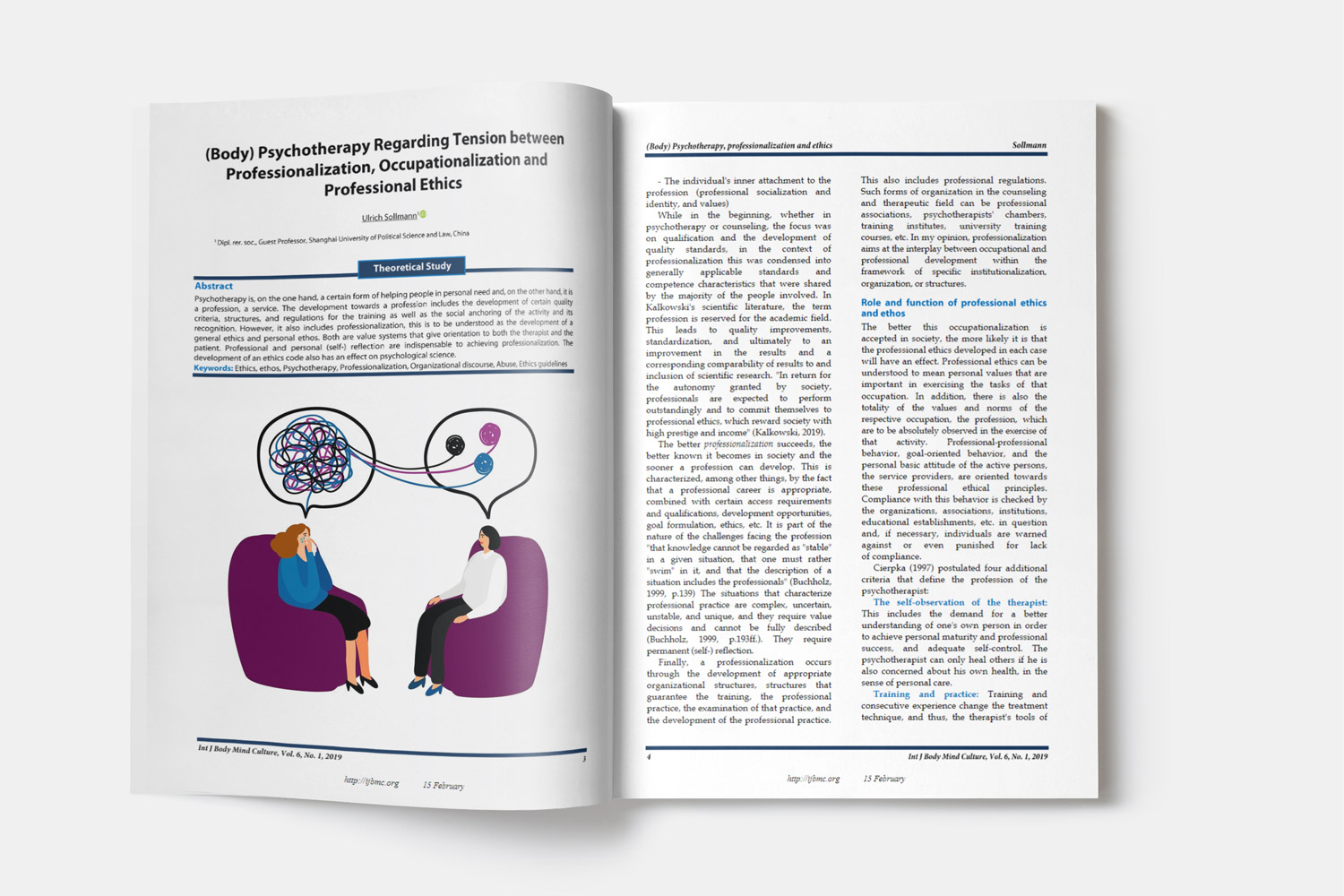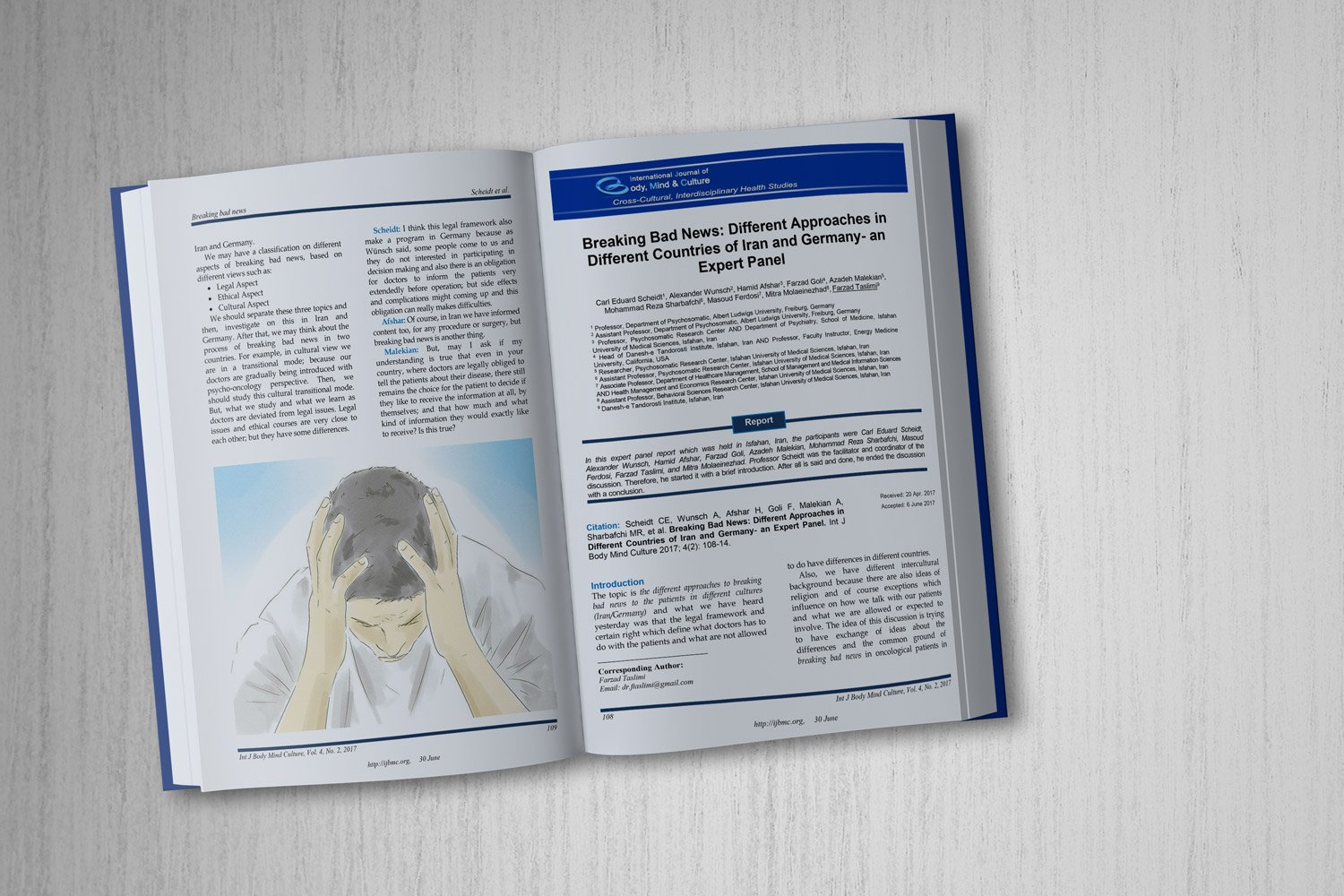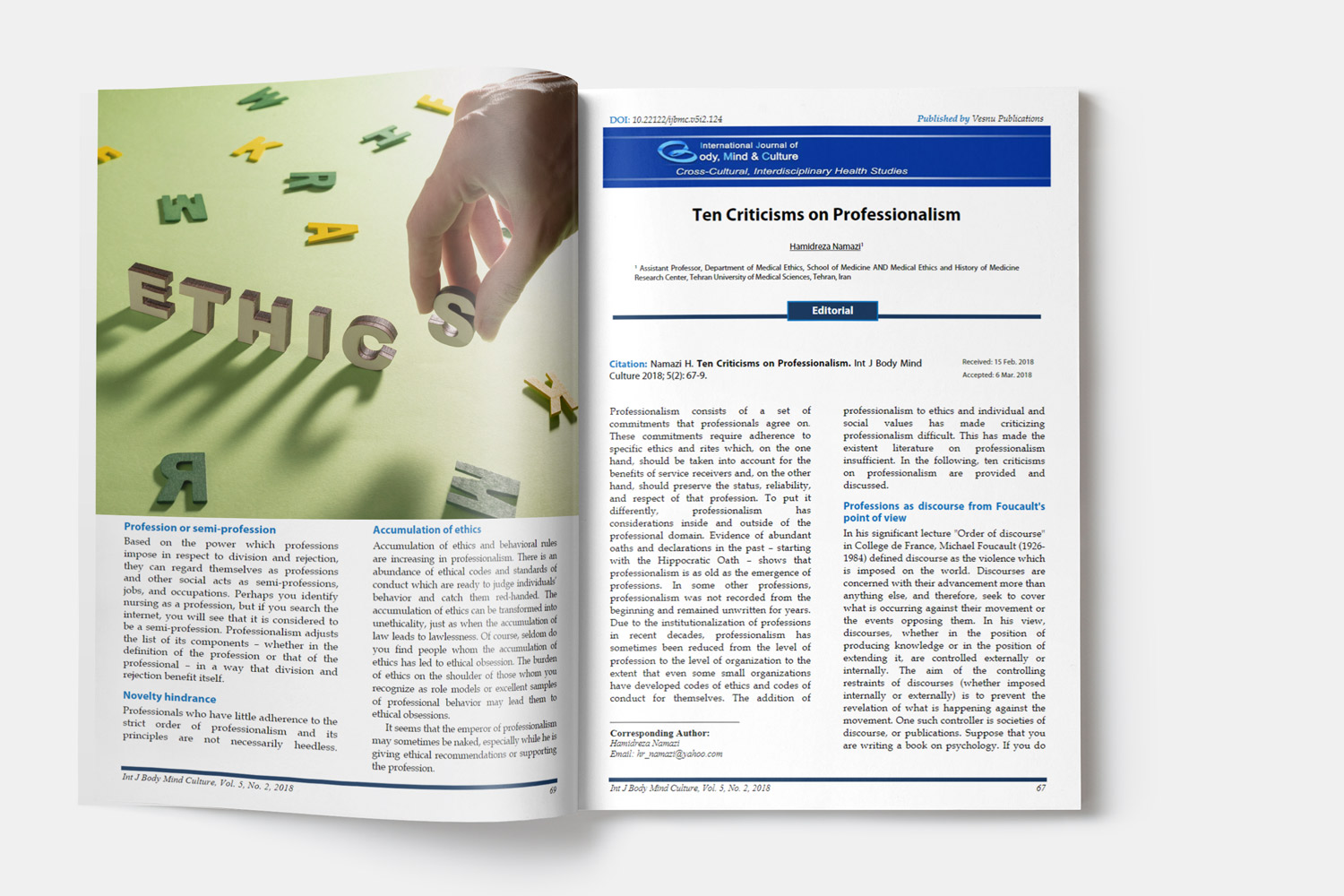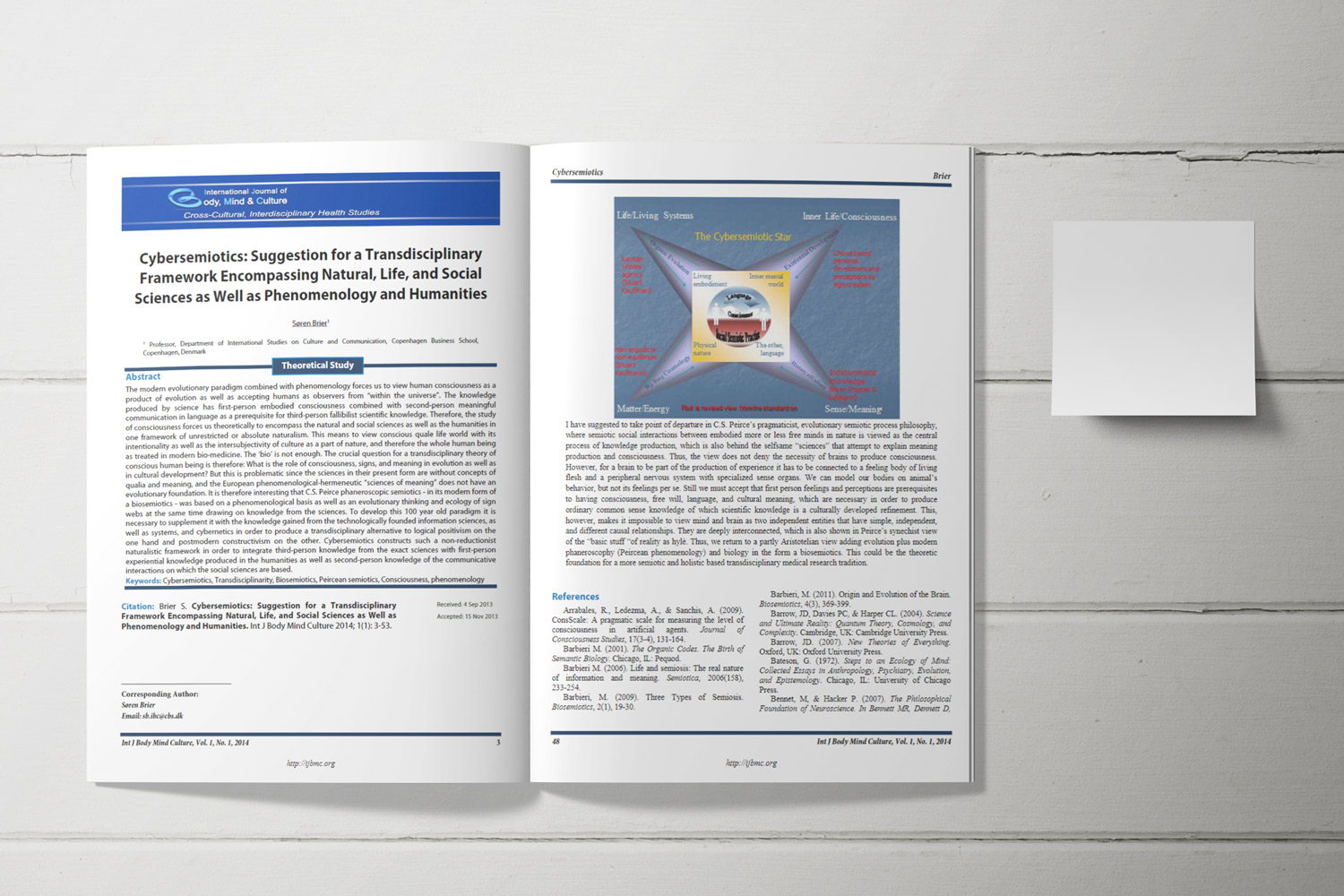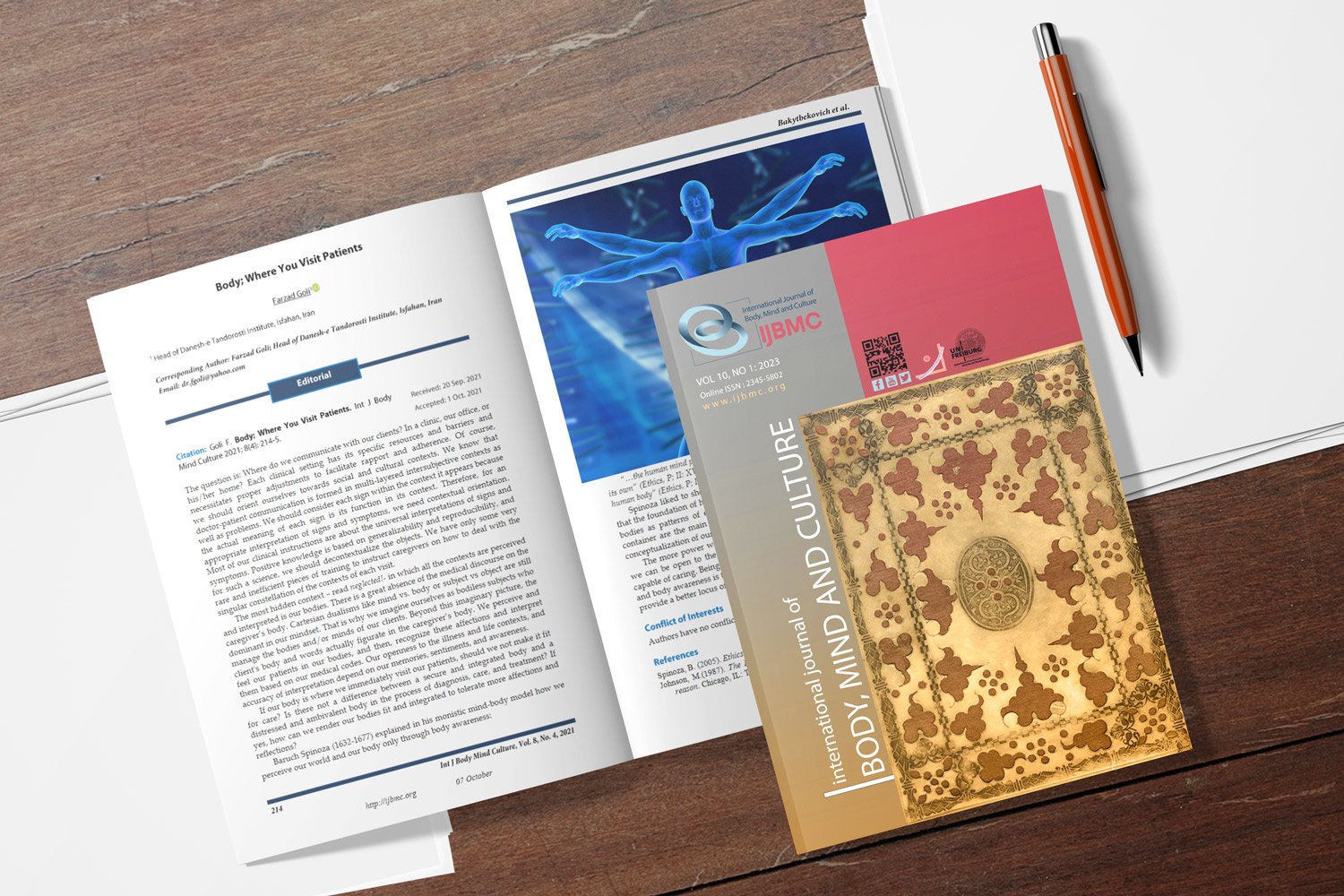Living in an Insecure and Unstable Atmosphere: A Look at the Lived Experiences of Adolescents in Dysfunctional Families
Downloads
Objective: The present study sought to analyze the lived experiences of adolescents in dysfunctional families using a qualitative and descriptive phenomenological approach.
Methods and Materials: The participants were 15 adolescents who were selected using purposive sampling from among adolescents in dysfunctional families in Tehran in 2023. Data were collected through semi-structured interviews and analyzed using Colaizzi's seven-steps method.
Findings: Data analysis revealed 38 subthemes categorized into 7 main themes, including “the experience of instability and insecurity”, “the experience of ignorance and abandonment”, “the experience of failure”, “harming others”, “negative self-attributions”, , and “tendency to risky behaviors”, “post-traumatic growth”. These challenges can affect the adolescent's cognitive, emotional, and behavioral identity-seeking and contribute to the emergence of many problems.
Conclusion: Thus, professionals need to recognize these challenges and develop effective intervention solutions.
Downloads
Ahmed Osman, A. M., Hafez, S. H., Mohamed, I. A., Merghani Ahmed, M. M., Ahmed Balola, H. H., Mohammed Ahmed, K. A., & Elrefaey, S. R. (2024). Unraveling the Nexus: Dysfunctional Family Dynamics, Mental Health Struggles, and Coping Strategies among University Students. Minia Scientific Nursing Journal, 15(2), 8-13. https://doi.org/10.21608/msnj.2024.283171.1119
AlShamlan, N. A., AlOmar, R. S., Al Shammari, M. A., AlShamlan, R. A., AlShamlan, A. A., & Sebiany, A. M. (2020). Anxiety and its association with preparation for future specialty: a cross-sectional study among medical students, Saudi Arabia. Journal of Multidisciplinary Healthcare, 581-591. https://doi.org/10.2147/JMDH.S259905
Bautista, J. C. (2024). The lived experiences of individuals in a dysfunctional family. https://www.academia.edu/download/111281544/The_Lived_Experiences_of_Individual_in_a_Dysfunctional_Family.pdf
Behere, A. P., Basnet, P., & Campbell, P. (2017). Effects of Family Structure on Mental Health of Children: A Preliminary Study. Indian Journal of Psychological Medicine, 39(4), 457-463. https://doi.org/10.4103/0253-7176.211767
Boor Boor, B., Khodabakhshi-Koolaee, A., & Falsafinezhad, M. R. (2021). Communication challenges of parents and their adolescent daughters with an emphasis on social media use: A content analysis study. Journal of Research and Health, 11(4), 235-244. https://doi.org/10.32598/JRH.11.4.1804.1
Branje, S., De Moor, E. L., Spitzer, J., & Becht, A. I. (2021). Dynamics of identity development in adolescence: A decade in review. Journal of Research on Adolescence, 31(4), 908-927. https://doi.org/10.1111/jora.12678
Choo, H., & Shek, D. (2013). Quality of parent-child relationship, family conflict, peer pressure, and drinking behaviors of adolescents in an Asian context: the case of Singapore. Social Indicators Research, 110(3), 1141-1157. https://doi.org/10.1007/s11205-011-9977-4
Christa, C. S. (2013). Adult children of divorce: Awareness and intervention. Journal of Divorce & Remarriage, 54, 271-281. https://doi.org/10.1080/10502556.2013.780461
De Girolamo, G., Dagani, J., Purcell, R., Cocchi, A., & McGorry, P. D. (2012). Age of onset of mental disorders and use of mental health services: needs, opportunities and obstacles. Epidemiology and Psychiatric Sciences, 21(1), 47-57. https://doi.org/10.1017/S2045796011000746
Gorard, S., & Taylor, C. (2004). Combining methods in educational and social research. McGraw-Hill Education (UK). https://books.google.ch/books?id=Jy1sbkAGfCoC&hl=de&source=gbs_navlinks_s
Heinrich, C. J. (2014). Parents' employment and children's wellbeing. The Future of Children, 121-146. https://doi.org/10.1353/foc.2014.0000
Holt, S., Buckley, H., & Whelan, S. (2008). The impact of exposure to domestic violence on children and young people: A review of the literature. Child abuse & neglect, 32(8), 797-810. https://doi.org/10.1016/j.chiabu.2008.02.004
Kadhim, N. S. (2024). Effect of Domestic Violence on Children: A Review. International Journal of Education and Social Science Research, 07(02), 239-247. https://doi.org/10.37500/ijessr.2024.7216
Karhina, K., Bøe, T., Hysing, M., & Nilsen, S. A. (2023). Parental separation, negative life events and mental health problems in adolescence. BMC public health, 23(1), 2364. https://doi.org/10.1186/s12889-023-17307-x
Kill'en, K. (2009). Barndomen varar i generationer: om fo¨rebyggande arbete med utsatta familjer [Childhood lasts for generations: On preventive work with vulnerable families]. Studentlitteratur. https://www.akademika.no/barndomen-varar-i-generationer-om-forebyggande-arbete-med-utsatta-familjer/9789144051543
Koolaee, A. K., Lor, H. S., Soleimani, A. A., & Rahmatizadeh, M. (2014). Comparison between family power structure and the quality of parent-child interaction among the delinquent and non-delinquent adolescents. International Journal of High-Risk Behaviors & Addiction, 3(2). https://doi.org/10.5812/ijhrba.13188
Li, W., Garland, E. L., & Howard, M. O. (2014). Family factors in internet addiction among Chinese youth: a review of English- and Chinese-language studies. Computers in human Behavior, 31, 393-411. https://doi.org/10.1016/j.chb.2013.11.004
Meeus, W., Van De Schoot, R., Keijsers, L., Schwartz, S. J., & Branje, S. (2010). On the progression and stability of adolescent identity formation: A five-wave longitudinal study in early-to-middle and middle-to-late adolescence. Child development, 81, 1565-1581. https://doi.org/10.1111/j.1467-8624.2010.01492.x
Mordas, E. S. (2024). Domestic Violence and Maternal Perversion. Психолог(4), 28-44. https://doi.org/10.25136/2409-8701.2024.4.69150
Morrow, R., Rodriguez, A., & King, N. (2015). Colaizzi's descriptive phenomenological method. The psychologist, 28(8), 643-644. https://doi.org/10.1016/j.jcin.2015.03.004
Mphaphuli, L. K. (2023). The Impact of Dysfunctional Families on the Mental Health of Children. https://doi.org/10.5772/intechopen.110565
Nittle, N. (2023). What Makes a Family Dysfunctional? https://www.verywellmind.com/what-is-a-dysfunctional-family.
Polkinghorne, D. E. (2006). An agenda for the second generation of qualitative studies. International Journal of Qualitative Studies on Health and Well-Being, 1(2), 68-77. https://doi.org/10.3402/qhw.v1i2.4919 10.1080/17482620500539248
Rezaei, M., Khodabakhshi-Koolaee, A., Falsafinejad, M. R., & Sanagoo, A. (2020). Identifying the psychological challenges of mothers with a chronically ill child: A phenomenological study. Journal of Qualitative Research in Health Sciences, 9(1), 18-27. https://www.researchgate.net/publication/352809406_Identifying_The_Psychological_Challenges_of_Mothers_with_a_Chronically_ill_child_A_Phenomenological_Study
Seijo, D., Fariña, F., Corras, T., Novo, M., & Arce, R. (2016). Estimating the epidemiology and quantifying the damages of parental separation in children and adolescents. Frontiers in psychology, 7, 1611. https://doi.org/10.3389/fpsyg.2016.01611
Sheikh, S., & Janoff-Bulman, R. (2010). The "shoulds" and "should nots" of moral emotions: A self-regulatory perspective on shame and guilt. Personality and Social Psychology Bulletin, 36(2), 213-224. https://doi.org/10.1177/0146167209356788
Siegenthaler, E., Munder, T., & Egger, M. (2012). Effect of preventive interventions in mentally ill parents on the mental health of the offspring: systematic review and meta-analysis. Journal of the American Academy of Child & Adolescent Psychiatry, 51(1), 8-17. https://doi.org/10.1016/j.jaac.2011.10.018
Taplin, C., Saddichha, S., Li, K., & Krausz, M. R. (2014). Family history of alcohol and drug abuse, childhood trauma, and age of first drug injection. Substance Use & Misuse, 49(10), 1311-1316. https://doi.org/10.3109/10826084.2014.901383
Tedgård, E., Råstam, M., & Wirtberg, I. (2019). An upbringing with substance-abusing parents: Experiences of parentification and dysfunctional communication. Nordic Studies on Alcohol and Drugs, 36(3), 223-247. https://doi.org/10.1177/1455072518814308
Thomas, J. R., & Högnäs, R. S. (2015). The effect of parental divorce on the health of adult children. Longitudinal and Life Course Studies, 6(3), 279-302. https://doi.org/10.14301/llcs.v6i3.267
van Doeselaar, L., Becht, A. I., Klimstra, T. A., & Meeus, W. H. J. (2018). A review and integration of three key components of identity development: Distinctiveness, coherence, and continuity. European Psychologist, 23, 278-288. https://doi.org/10.1027/1016-9040/a000334
Van Santvoort, F., Hosman, C. M., Janssens, J. M., Van Doesum, K. T., Reupert, A., & Van Loon, L. M. (2015). The impact of various parental mental disorders on children's diagnoses: a systematic review. Clinical Child and Family Psychology Review, 18, 281-299. https://doi.org/10.1007/s10567-015-0191-9
Wang, Y., Tian, L., Guo, L., & Huebner, E. S. (2020). Family dysfunction and adolescents' anxiety and depression: A multiple mediation model. Journal of Applied Developmental Psychology, 66, 101090. https://doi.org/10.1016/j.appdev.2019.101090
Wiig, E. M., Haugland, B. S. M., Halsa, A., & Myhra, S. M. (2017). Substance-dependent women becoming mothers: Breaking the cycle of adverse childhood experiences. Child & Family Social Work, 22(1), 26-35. https://doi.org/10.1111/cfs.12190
World Health Organization. (2021a). Adolescent Mental Health. Switzerland: World Health Organization Library Cataloging-in-publication. https://www.who.int/news-room/fact-sheets/detail/adolescent-mental-health
World Health Organization. (2021b). Violence against Women. Geneva: World Health Organization Press. https://www.who.int/news-room/fact-sheets/detail/violence-against-women
Copyright (c) 2025 International Journal of Body, Mind and Culture

This work is licensed under a Creative Commons Attribution-NonCommercial 4.0 International License.










